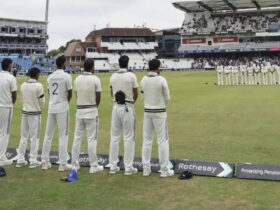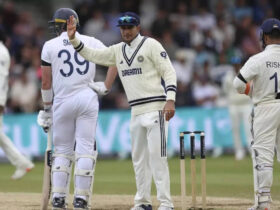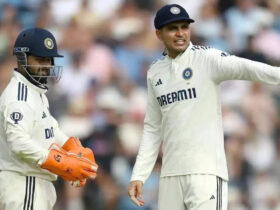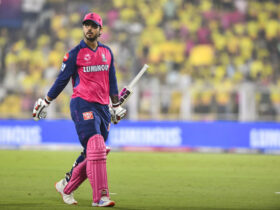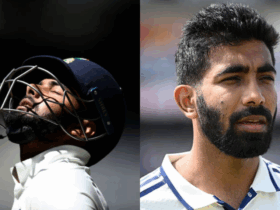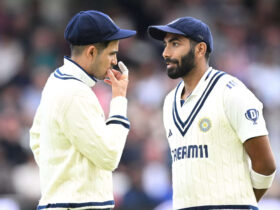ICC Unveils Game-Changing Rules: ODI Ball Tweaks and Stricter Concussion Protocols
Welcome to a new era of international cricket! The International Cricket Council (ICC) has rolled out a series of groundbreaking updates to the playing conditions, aiming to refine the sport’s balance and safety standards. From a revised two-ball rule in ODIs to tighter concussion substitute regulations, these changes are set to reshape how the game is played across formats. Let’s dive into the details of these pivotal amendments, effective from mid-2023, and explore their potential impact on players, strategies, and fans alike.
ODI Two-Ball Rule Revamped: A Bowler’s Respite
One of the most significant updates targets the One Day International (ODI) format, where the use of two new balls—one from each end—has long been a point of contention. Under the current system, introduced in 2011, two new balls are used throughout the 50 overs, often limiting bowlers’ ability to generate reverse swing in the death overs due to less wear on the balls. The ICC, responding to feedback from players and the ICC Men’s Cricket Committee, has now tweaked this rule to strike a better balance between bat and ball.
Starting July 2, 2023, ODIs will still begin with two new balls, but only until the 34th over. From the 35th over onward, teams must choose one of the two balls to continue bowling from both ends through to the 50th over. Additionally, if a match is reduced to 25 overs or fewer before the first innings, only one new ball will be used. According to the ICC, this adjustment aims to ‘readdress the balance’ in high-scoring ODIs, where batters have dominated in recent years, often racking up totals exceeding 300 runs with ease. Bowlers, especially pacers, could now exploit late swing and wear, potentially turning the tide in crunch moments.
Stricter Concussion Protocols: Safety First
Player safety remains a top priority, and the ICC has introduced stricter guidelines for concussion substitutes to eliminate ambiguity and ensure fairness. Effective across all formats—Tests from June 17, ODIs from July 2, and T20Is from July 10—teams must now pre-name five concussion substitutes before the toss. These substitutes must cover specific roles: a wicketkeeper, a batter, a seam bowler, a spinner, and an all-rounder. This move ensures that replacements are role-specific and aligned with the injured player’s skill set, maintaining competitive integrity.
In cases where a concussion substitute also gets injured, the match referee can approve a replacement from outside the initial five, adhering to existing ‘like-for-like’ eligibility rules. This update comes in the wake of high-profile concussion incidents in recent years, such as Steve Smith’s injury during the 2019 Ashes, which highlighted the need for clearer and more robust protocols. The ICC’s emphasis on safety underscores its commitment to protecting players in an increasingly intense cricketing calendar.
Other Key Changes: Fair Play and Cleaner Dismissals
Beyond the headline updates, the ICC has also endorsed minor yet impactful changes. One such amendment, backed by the Marylebone Cricket Club (MCC), disallows the so-called ‘bunny hop’ catch outside the boundary. Previously, fielders could leap from beyond the rope, toss the ball back into play while airborne, and complete a catch—a move that often blurred the lines of fair dismissal. This rule tweak prioritizes clarity and fairness, ensuring spectators and players alike can celebrate dismissals without controversy.
These updates collectively signal the ICC’s proactive approach to evolving cricket’s laws in response to modern challenges. Whether it’s empowering bowlers in ODIs or safeguarding players from head injuries, the governing body is keen to preserve the spirit of the game while adapting to its dynamic nature.
As these rules come into effect in mid-2023, expect lively debates among fans and pundits. Will the ODI ball change bring back the thrill of reverse swing reminiscent of legends like Wasim Akram? Can the concussion protocols inspire other sports to prioritize player welfare? Share your thoughts as we gear up for an exciting phase of international cricket, where strategy, skill, and safety take center stage!











